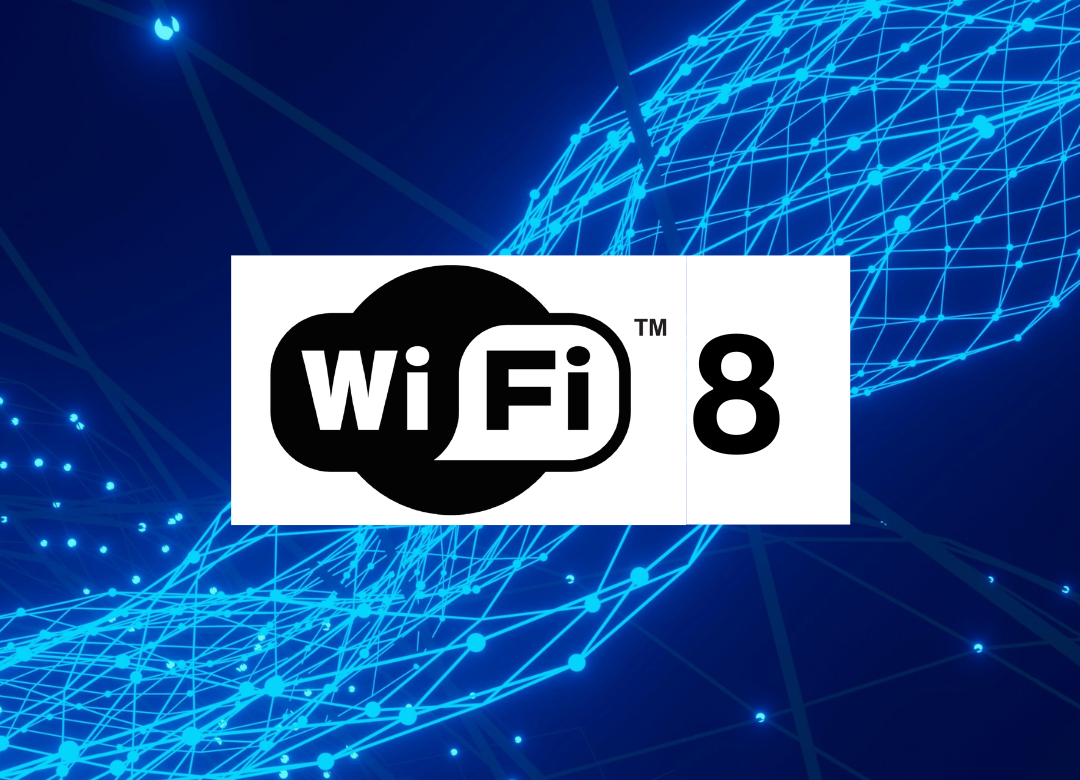Network providers are constantly striving to improve performance to their service and Starlink engineering teams are no different. Starlink’s focus and goal is to deliver a service where the median latency is a stable 20ms with minimal packet loss.
With customers and users across the globe, Starlink has managed to meaningfully reduce the median and worst-case latency over the past month. As an example, users in the US benefited from a reduction of 30% in median latency, taking it from 48.5ms to 22ms during peak times. Worst-case latency during peak times also dropped, this time by 60% from over 150ms to less than 65ms.
Customers outside of the US have also enjoyed reduced median latency by up to 25% and worst-case latency by up to 35%.
What is Latency?
Already we’ve talked a lot about latency – That’s what this article is about! Here’s a brief explanation of what latency actually is.
Latency is generally measured in milliseconds, and refers to the amount of time it takes for a packet to be sent from your Starlink router to the internet and for the response to be received. This can also be referred to as RTT or “round-trip time.”
For someone’s perceived experience of using the internet, latency is one of the most important factors. It can significantly affect things like:
- The speed in which web pages load
- How ‘real life’ audio and video calls feel
- Responsiveness of online gaming
If you’re wondering actually how important latency is when it comes a user experience of using the internet, here’s an example. During testing, increasing the bandwidth beyond 10 Mbps didn’t increase the speed of which a web-page loaded, yet those that reduced latency saw much quicker load times.
How Does Starlink Measure Latency?
Starlink’s latency is measured by collecting anonymous measurements from millions of Starlink routers. This measurement is taken every 15 seconds. The median and worst-case latencies are then calculated by taking the average of these 15 second latency measurements.
Median Latency
The median (50th percentile or p50) refers to the point where half of the latency measurements are below that number and the other half are above.
Worst-Case Latency
The worst-case latency, or 99th percentile, is defined as the place where 99% of measurements are better than a certain point.
When Are These Measurements Taken?
Measurements are taken from all points in time so all data can be analysed, but Starlink do specifically look at how they are performing during peak times (between 6pm and 9pm). This is when most people are using a Starlink connection and the network is under the most load.
What Affects Latency When Using a Starlink Connection?
There are a few factors that can affect latency in any network. For Starlink, the biggest things affecting latency are:
- Physical speed-of-light propagation from the user to the satellite and back to the ground.
This goes back to the RTT (round trip time) we referred to earlier. Each part of the trip (there and then back) takes about 1.8 to 3.6 ms, with a total RTT of under 10 ms (usually).
If traffic flows over laser links instead of directly to the ground, higher incidences of latency could occur. This would be as a result of congestion mitigation, lack of satellite to ground paths, and other factors.
Laser connectivity is actually essential for connecting the most remote locations on Earth as well as for routing around congestion in the network. Starlink are however striving to make sure that latency sensitive traffic can flow over the shortest path possible.
- Ground latency from the gateway sites to the internet connection point driven by ground network layout.
During 2024 the US will see the introduction of PoPs or Points of Presence, where Starlink has added 6 internet connect locations. They are optimising gateway locations and planning algorithms to ensure that traffic can land as close to its destination point as possible.
Starlink continue to ensure that users are allocated to optimal internet connection locations, so that all users get the lowest latency possible route to the internet.
- Fronthaul (the radio links between the satellite and user) scheduling latency driven by the network topology and the number of users served by a given beam from a satellite.
Over the past few months, Starlink’s major focus has been on optimising fronthaul scheduling latency, even though this is an inherent part of shared wireless systems.
- Non-physical limitations in the system.
This would include unneeded processing delays, unoptimised buffers, or unnecessary packet drops that force retries.
Buffers across the Starlink network have been right sized to reduce bufferbloat, and queueing algorithms have been improved to increase capacity on their gateway links from the ground to satellites.
Starlink Wi-Fi latency has been improved, with the addition of active queue management (fq_codel) to the Starlink Wi-Fi router. What does this mean in real life? Well, with active queue management enabled, if one person on your Wi-Fi is downloading a big file, and another is playing a game, the queue management will make sure that game latency will not be affected by the download.
How Are Starlink Striving to Reach the Goal of 20ms Latency?
Starlink has been monitoring and gaining metrics across the network to measure latency on every subsystem down to the microsecond over the past few months. They have rigorously tuned their algorithms to prefer paths with lower latency, no matter how small the difference and to remove any and all sources of unnecessary and non-physical latency.
This is just a selection of some of the most impactful changes Starlink has made and continues to make.
Since the beginning of the year, teams have deployed and tested 193 different satellite software builds, 75 gateway software builds, 222 Starlink software builds, and 57 Wi-Fi software builds.
Over 2.6 million people around the world have chosen Starlink as their internet provider via satellite broadband. These customers can expect latency to continue to improve over the coming weeks and months as Starlink prioritises software changes, builds additional ground infrastructure, and launches more satellites.
Future updates from Starlink are expected to include performance stats and more network goals as they work to improve the user experience.
How Can I Check Starlink Latency For My Location?
Be sure to check the latest latency statistics for your region at starlink.com/map.
Is Starlink Fast Enough to Hire for Events?
Absolutely! Here at Geekabit, we are delighted to be able to offer fast, reliable Wi-Fi via Starlink for a range of events and purposes across London and parts of the South of England.
We’ve diligently tested what we can offer via Starlink when it comes to temporary Wi-Fi for outdoor events. Some of our test events included supporting policing events in London, hybrid meetings, rural wedding fairs and a busy city fireworks fundraising event.
For more information on our Starlink hire service, please visit our blog. Fast Wi-Fi hire is available for events with Starlink hire from Geekabit. Feel free to contact us to find out more.


